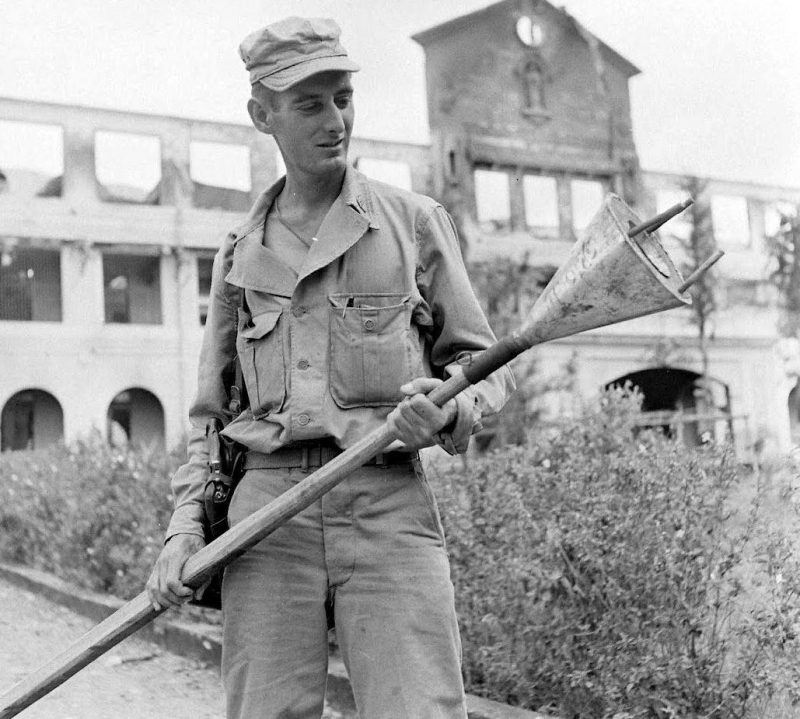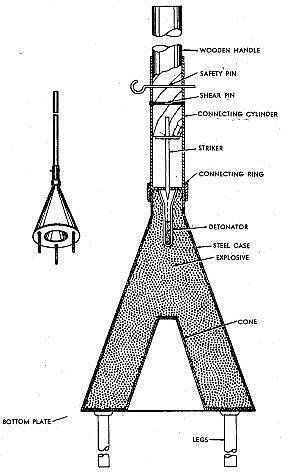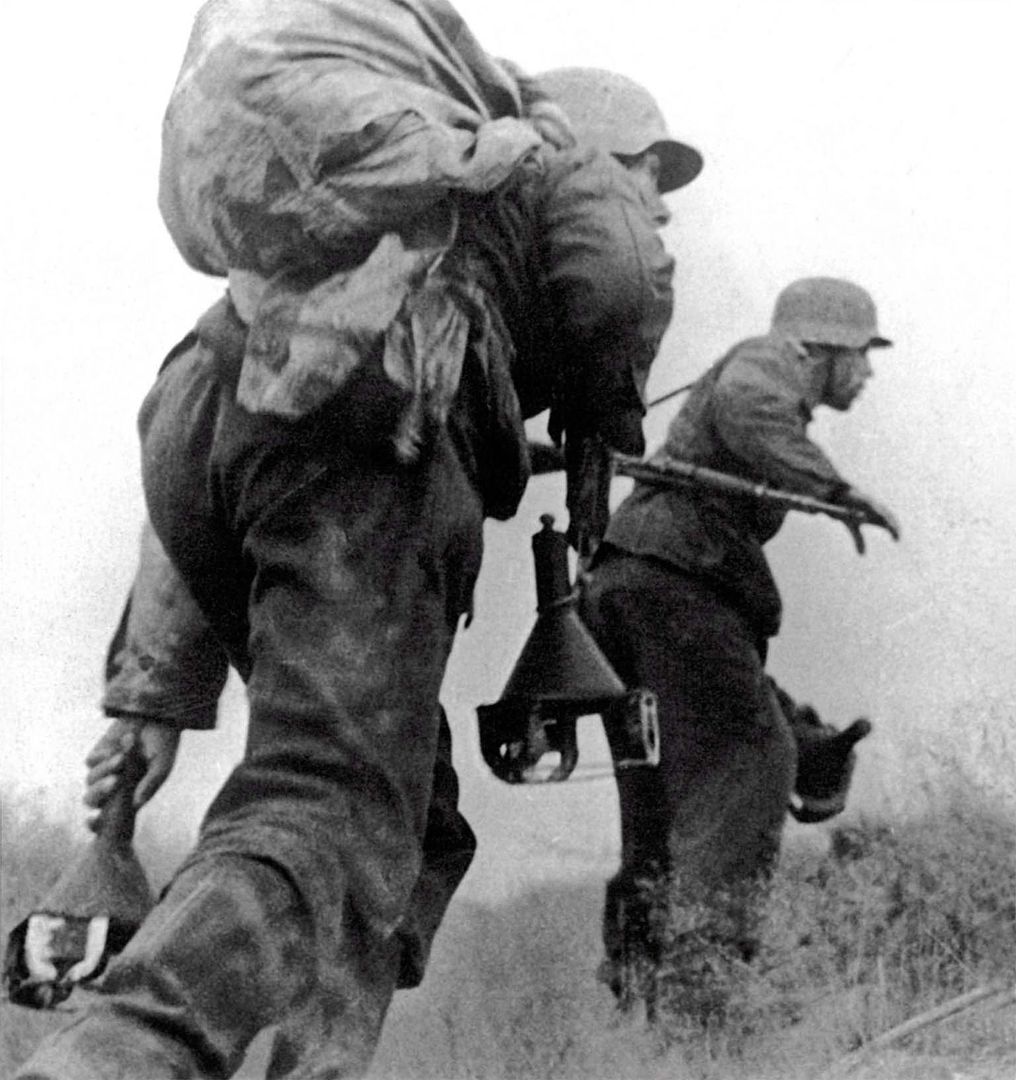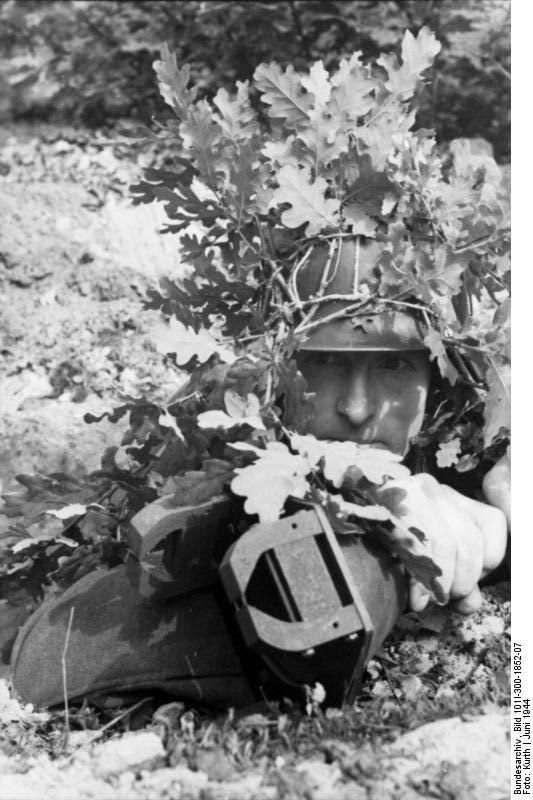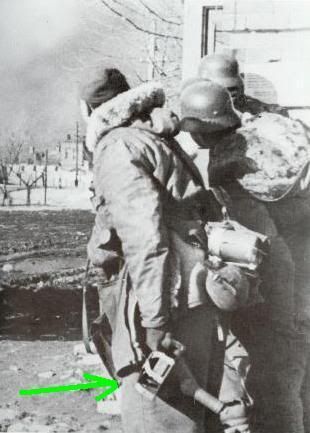The Brits weren't the only folks to discover that their clever sticky weapons didn't work as intended.
The Germans in late 1940 or early 1941 fielded a HEAT device called the HHL-1. It had a sticky pad intended to be adhesively strong enough that the device could be stuck to a vulnerable spot on the side of an enemy AFV.
Only after the weapon made it to the field was it discovered that tanks with their engines running are usually vibrating, and the adhesive wasn't strong enough to hold the device horizontally on a vibrating surface for the fuze delay period. Plus, tanks in the field often are dirty, or wet, or oily, or cold...all of which defeated the adhesive. Plus, new tanks had thicker armor, and the original HEAT design was now inadequate.
The HHL-2 version fixed some of these shortcomings, but not all. It wasn't until the HHL-3 in the latter part of 1942 that an effective weapon was achieved, with magnetic attachment. No more adhesive AT devices for the Germans.

